The invention of the sewing/” title=”Stitching Stories: A Beginner's Guide to Sewing”>sewing machine revolutionized the textile industry, changing the way garments were made and improving people’s lives. The question often arises: who exactly invented the sewing machine? Let’s take a closer look at the history of this remarkable device.
Pre-Sewing Machine Era
Sewing clothes by hand was the predominant method before the invention of the sewing machine. This approach required a significant amount of time and skill, which limited the production efficiency. Tailors and seamstresses had to stitch each seam individually, resulting in longer production times and costly garments.
The Invention of the Sewing Machine
The first functional sewing machine was invented by Thomas Saint, an Englishman, in 1790. This early machine was designed for leatherworking and could produce a chain stitch. Unfortunately, Saint’s invention did not receive much recognition or commercial success at that time.
Later on, many inventors continued to refine and improve sewing machines. However, it was not until the mid-19th century that significant breakthroughs occurred.
Elias Howe and Isaac Singer
In 1846, Elias Howe, an American inventor, patented the first sewing machine capable of sewing a lockstitch. His invention utilized two threaded needles and a shuttle mechanism, which imitated the hand-stitching technique. This innovative device tremendously sped up the sewing process, making it much more efficient.
A few years later, Isaac Singer, another American inventor, developed and patented an improved version of Howe’s sewing machine. Singer’s machine incorporated various practical features, like a foot treadle that allowed hands-free operation, adjustable needle positioning, and a straight stitch option. His improvements further contributed to the success and popularity of sewing machines.
Impact on the Textile Industry
With the advent of sewing machines, garment production became faster, more precise, and less labor-intensive. This innovation revolutionized the textile industry, allowing mass production of clothing with consistent quality. It also enabled the production of intricate designs and patterns that were otherwise impractical to create manually.
The availability and affordability of ready-to-wear garments increased significantly, making fashionable clothing accessible to a wider population. Sewing machines empowered small-scale entrepreneurs, enabling them to start their own clothing businesses. This, in turn, fostered economic growth and industrialization.
Modern Sewing Machines
Since their initial invention, sewing machines have undergone numerous advancements. Today, we have computerized sewing machines equipped with advanced features like automatic thread cutting, programmable stitch patterns, and digital displays. These modern machines have further improved production efficiency and accuracy.
Additionally, numerous types of sewing machines catering to specific sewing needs have been developed, including serger machines, embroidery machines, and quilting machines. These specialized machines offer advanced functionalities and allow for even greater creative possibilities.
Conclusion
The invention of the sewing machine was a significant milestone in human history. It revolutionized the textile industry, boosting productivity, and changing the way we produce clothing. From the early invention by Thomas Saint to the pioneering work of Elias Howe and Isaac Singer, sewing machines have come a long way, and their impact on society continues to be felt today.
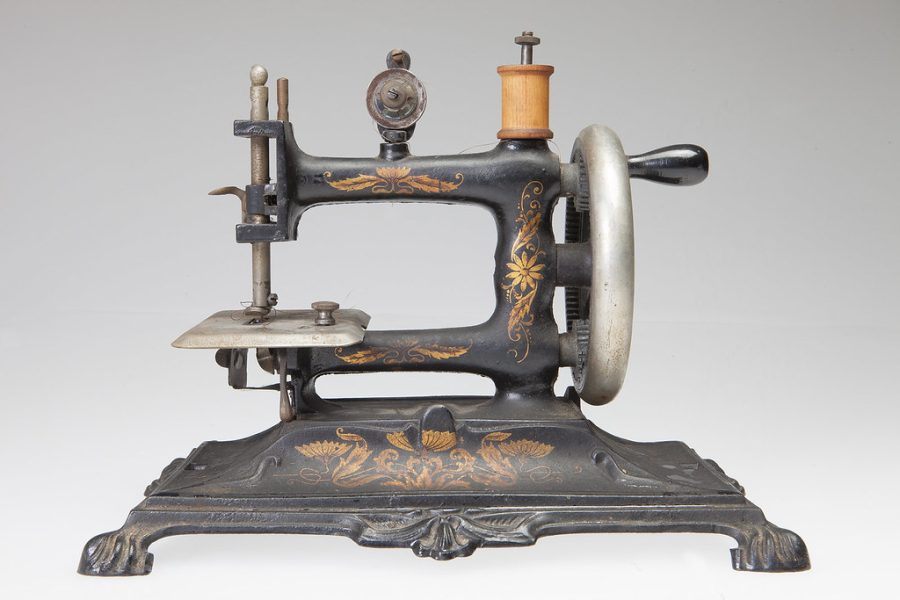
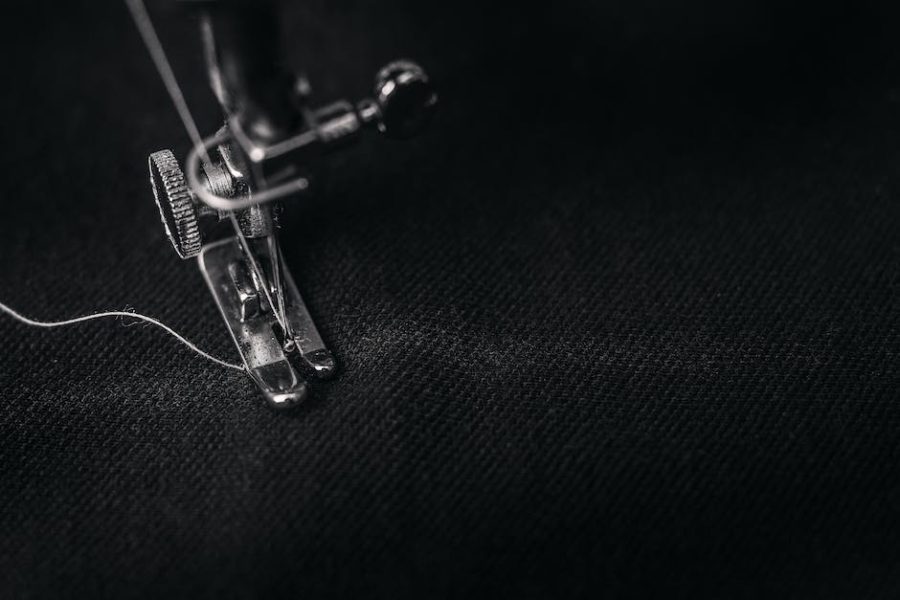
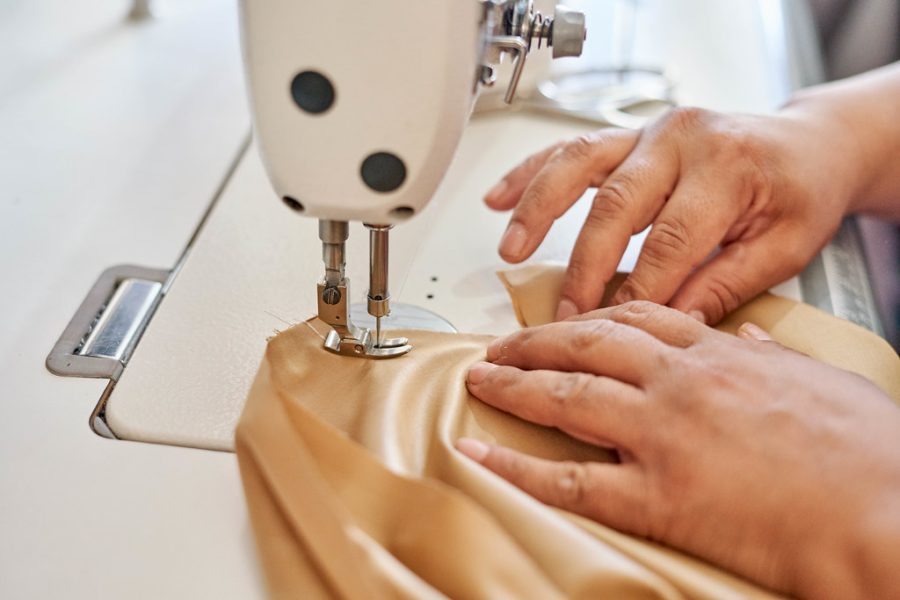
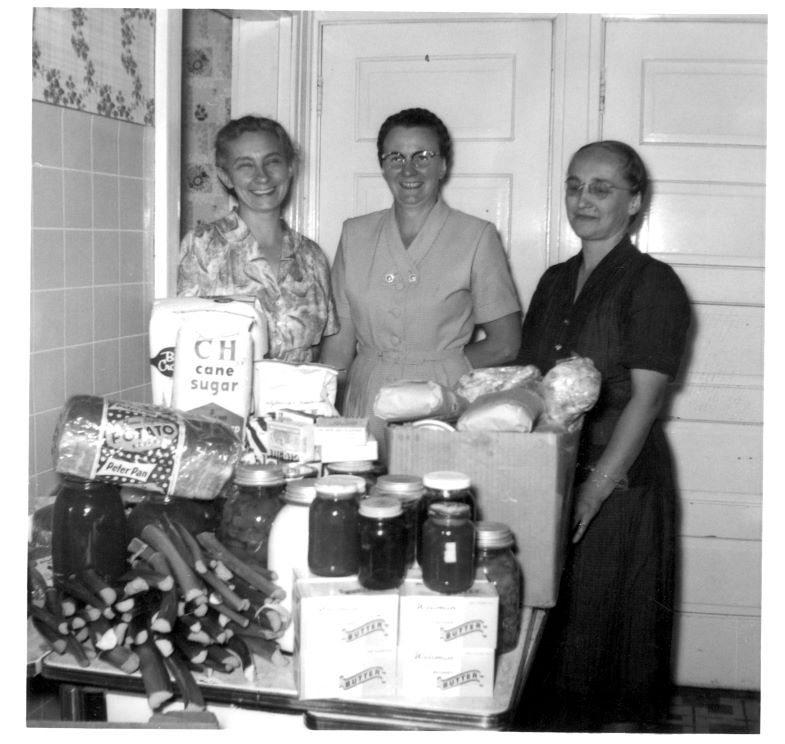
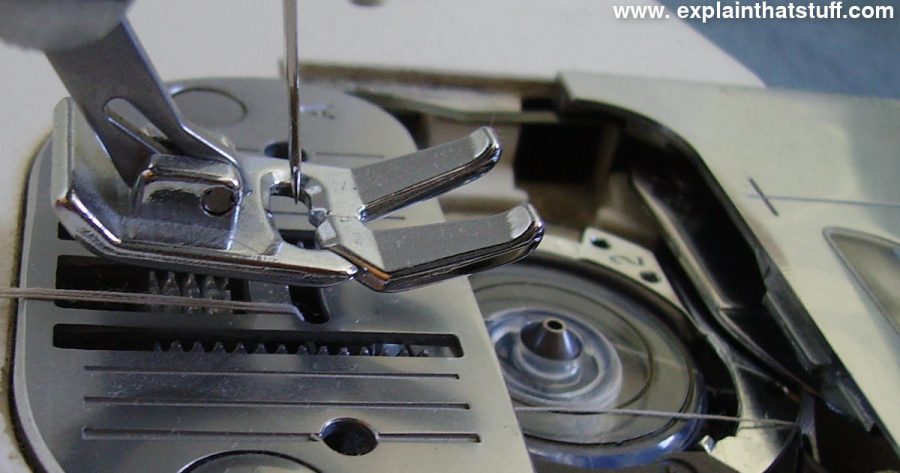
Fascinating. I never knew the history of the sewing machine! #HistoryGeek
What a great piece of history! Understanding how the sewing machine impacted fashion, production, and more over time is truly fascinating. #HistoryBuff
Really interesting! I’d love to know more about the sewing machine’s invention. #Curious